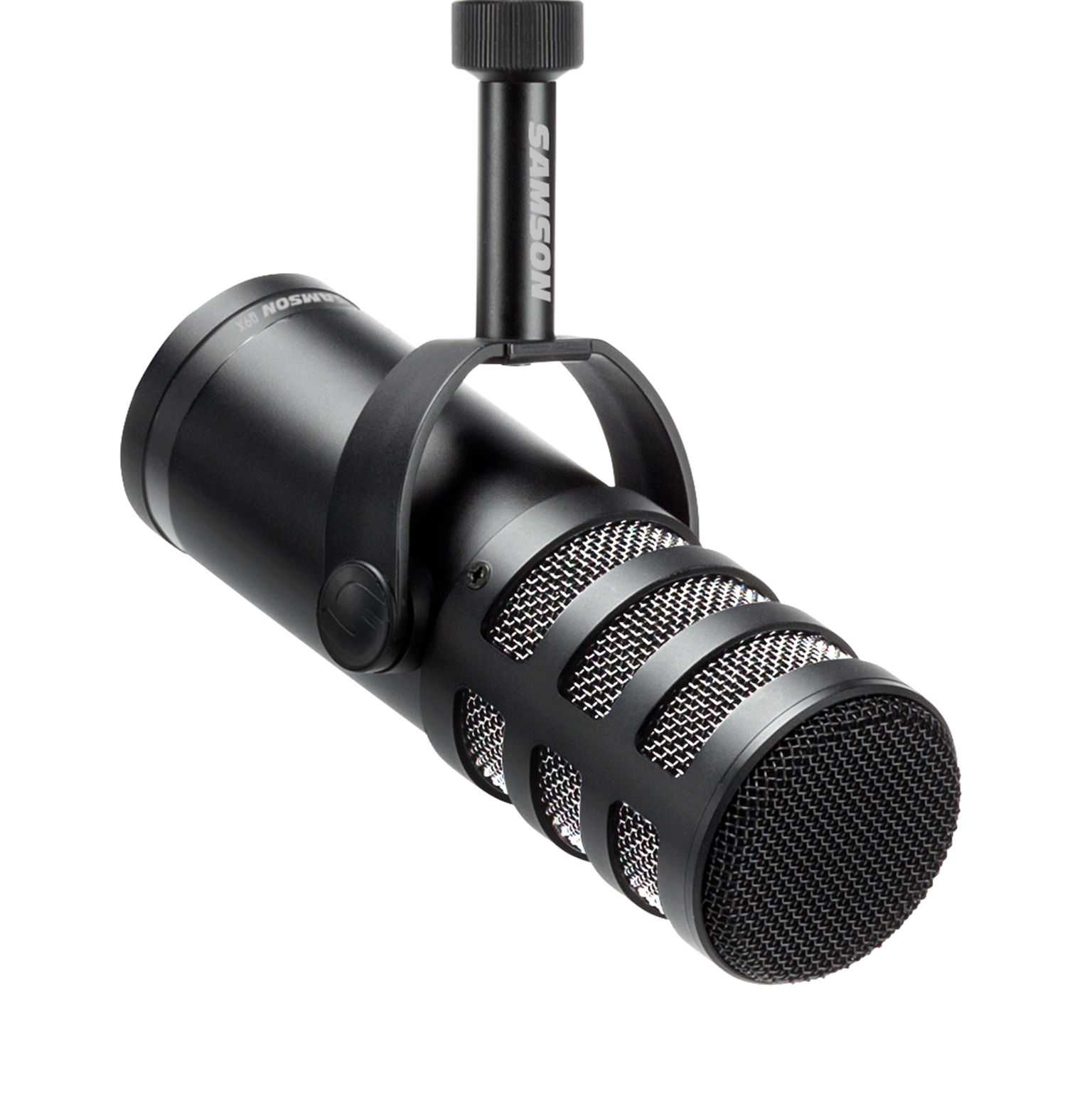Unlocking the Secrets of Microphone Sensitivity

In the world of audio, microphones produce a very weak signal so gain staging is necessary to boost it to a level that other audio equipment can handle. Gain staging is the process of converting the microphone's low level signal to a robust (internal line level) signal that is expected by other audio circuitry in order to provide the best possible audio quality. This is typically done by connecting the microphone to a preamplifier on a mixer or audio interface. Setting the preamp to the correct level is important because we are trying to capture a strong signal while minimizing noise when sending the signal to a computer or recorder. This is even more important when using a dynamic microphone, which typically has a lower output and requires more gain than a condenser microphone.
Amplifying sound with precision
Microphone sensitivity is a characteristic that can help you decide which preamp to choose or where to set the gain. Typically measured in millivolts per pascal (mV/Pa), microphone sensitivity measures the efficiency of a microphone in converting sound pressure into an electrical signal. A higher sensitivity rating means more electrical signal is produced for a given sound pressure level. Conversely, a lower sensitivity rating indicates that a weaker electrical signal is produced for the same sound pressure level. Microphones with lower sensitivity require more gain to raise the signal to line level.
Microphone sensitivity is measured in specific decibels of sound pressure level (dB SPL) using a specific tone. Typically, the output signal is measured using a 1 kHz sine wave at 1 Pascal (Pa), which is equivalent to 94 dB SPL at the microphone capsule. By adhering to this standard, microphone sensitivity ratings provide a common language for accurately evaluating and comparing the capabilities of audio equipment.
For simplicity, we will use 0 dBV as our target level, and 0 dBV = 0 dBFS (which is the highest level we can record before clipping). Each interface handles signal levels differently, so consult your product's specs, watch the meters, and use your ears.
Achieving optimal audio transfer
Let's take a look at what the microphone sensitivity rating tells us about selecting and setting the preamp gain level for recording a person speaking, such as a podcaster, into the Samson Q9x dynamic broadcast microphone.
The typical level of a person speaking 1 foot from a microphone is 70 dB SPL, and the Samson Q9x has a sensitivity rating of -58 dBV/Pa.
This means that the Q9x will produce an output of -82 dBV when capturing the person speaking:
70 dB (person speaking) - 94 dB (sensitivity level) - 58 dB (sensitivity rating) = -82 dB
Based on this information, we would need a preamplifier that provides 82 dB of gain to raise the signal to line level to 0 dBV. To avoid clipping the signal from transient peaks, we want an average level of about -18 dB, so a good recording level requires 66 dB of clean gain.
However, a dilemma arises when we consider that leading USB-powered interfaces offer about 55 dB of gain. And using all of the available preamp gain runs the risk of distorting the signal and introducing excessive noise. This presents a challenge to achieving the desired recording quality.
So what do we do? The best solution is to add an additional gain stage between the microphone and your preamp/audio interface. Enter the Samson HighRise, an in-line microphone booster preamplifier.
The HighRise incorporates an additional gain stage with selectable +20 dB or +30 dB of clean gain to the microphone signal before it reaches the main preamplifier. It also has a +20 dB setting with a high-frequency boost to add vocal presence to your recording. A selectable low-cut filter removes unwanted noise to improve the clarity of the microphone signal. By harnessing the power of the Samson HighRise, you can go beyond the limitations of conventional setups and unleash the full potential of your microphone, delivering pristine and amplified sound quality.


